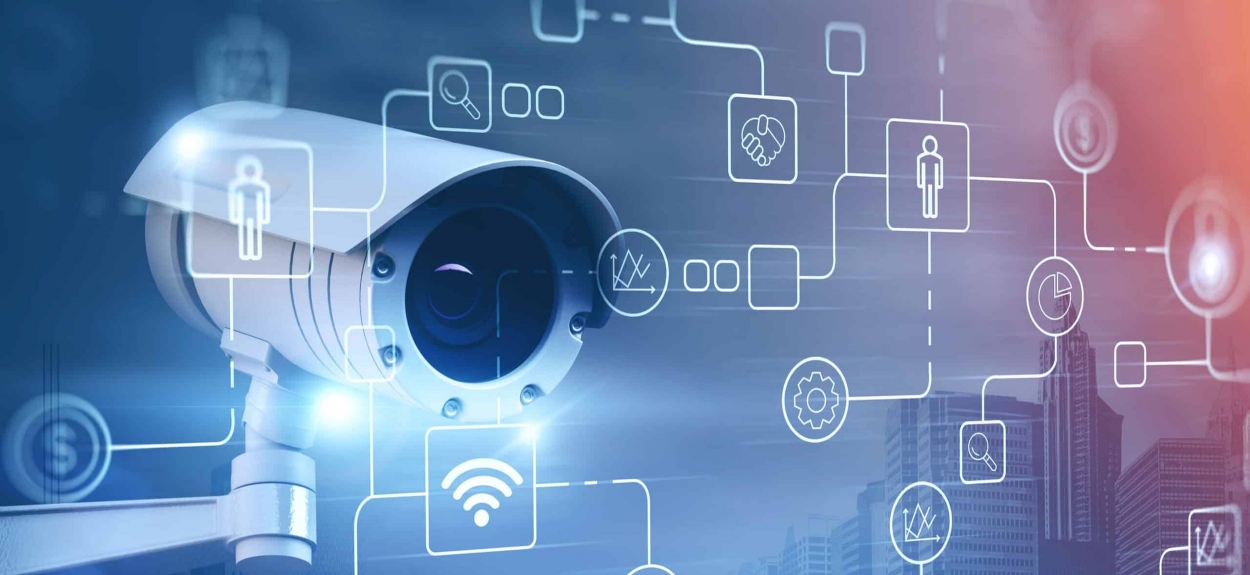
Enhancing physical security in banks is critical to safeguarding assets, protecting employees, and ensuring customer safety. One of the top strategies is conducting comprehensive risk assessments to identify vulnerabilities and tailor security plans to address specific threats.
Advanced surveillance systems are essential; high-definition cameras with facial recognition and motion detection provide continuous oversight, deterring potential criminals. Robust access control measures, including biometric scanners and keycard access, prevent unauthorized entry to sensitive areas. It's also crucial to hire and regularly train skilled security personnel in the latest protocols and emergency response procedures.
Installing alarm systems and panic buttons linked to local law enforcement ensures a rapid response in emergencies. Secure cash handling procedures, such as using reinforced vaults, time-locked safes, and monitored cash transport, are vital for minimizing theft risks. Physical barriers like bullet-resistant glass, reinforced doors, and secure teller counters offer additional protection against threats. Regular security audits help assess the effectiveness of implemented measures, allowing for updates and adaptations based on current security trends and identified weaknesses.
By integrating these strategies, banks can significantly bolster their physical security, creating a safer environment for assets, staff, and customers.



